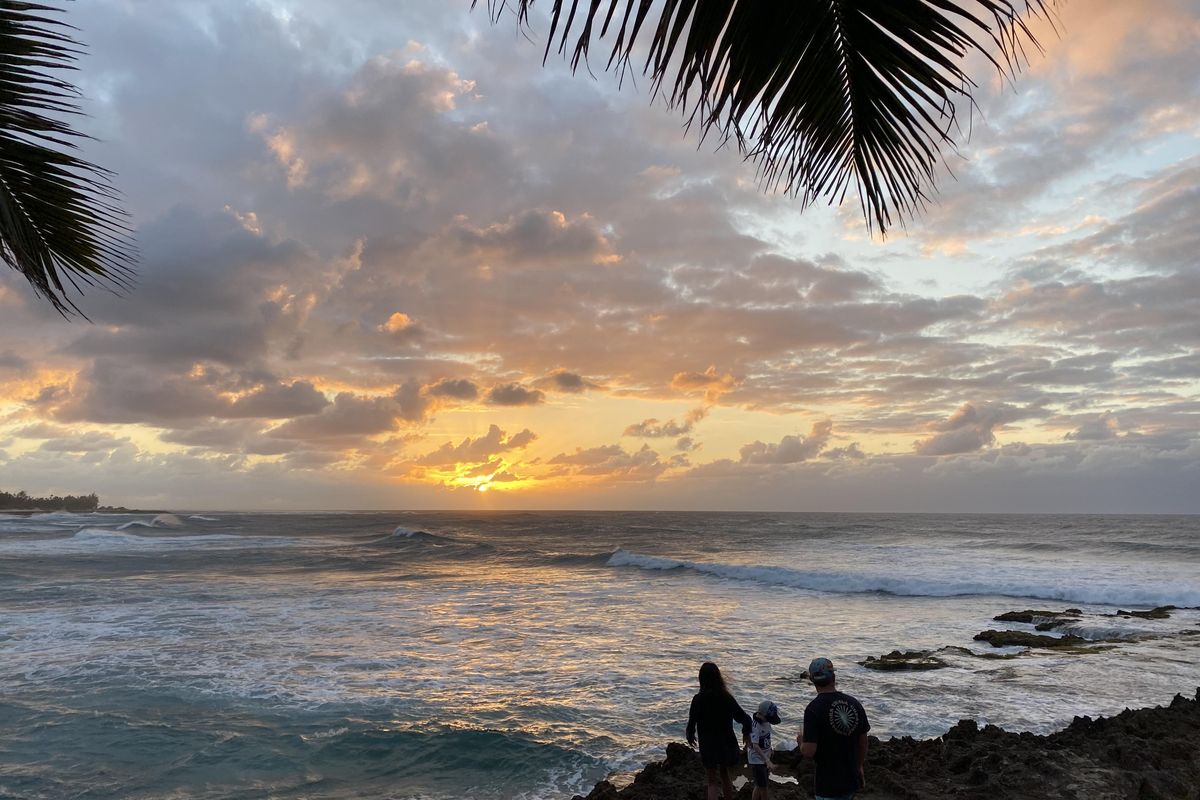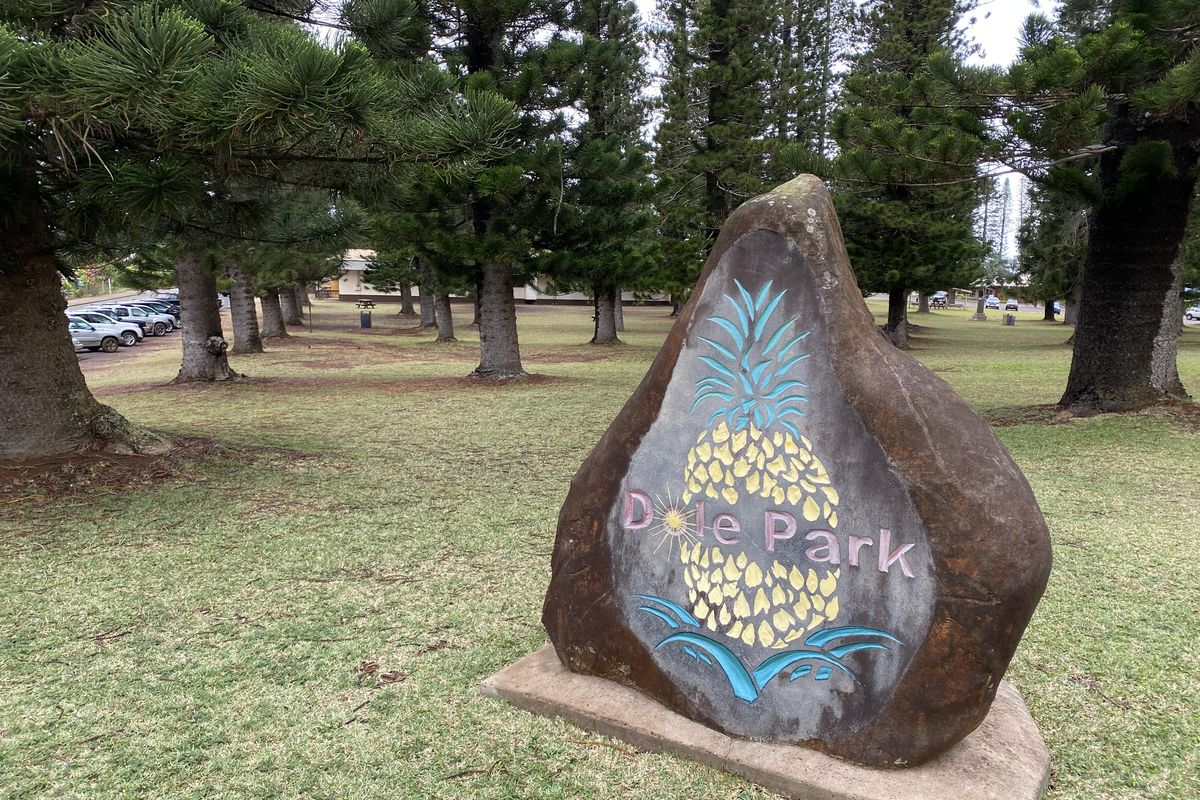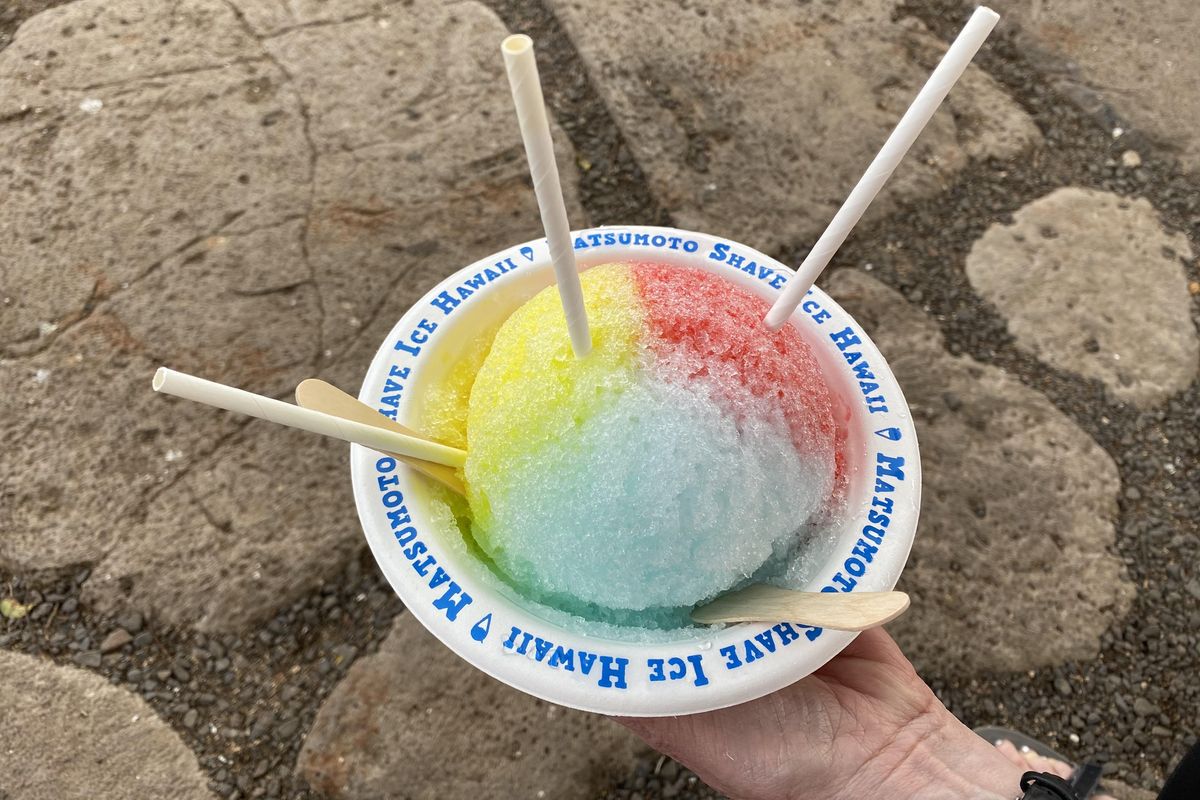Off the beaten path: Seeing the other side of paradise that is Hawaii

What with most of the world in quarantine, this much is obvious: Now isn’t the right time to be taking a vacation. Especially if you have to travel on an airplane.
Still, it never hurts to dream. And when I dream of places to visit in these United States, I tend to dream about Hawaii.
During the first half of March, just before the COVID-19 pandemic hit in full force, my wife and I spent 10 days in the islands. And once things return to some sense of normal – even if it’s some kind of new normal – I intend to head back.
And I know where I’ll spend at least part of my time. As someone who enjoyed four years of his childhood on Oahu, I’ve always harbored affection for Hawaii’s most populous island.
Yet we’ve also visited other islands. Besides hitting the major spots on Oahu, we’ve explored the rain forests, black-sand beaches and volcanoes of the Big Island; driven the twisting road to Hana and felt the chill on the summit of Haleakala Crater on Maui; taken a helicopter tour of Kauai’s Waimea Canyon Park and the scenic Na Pali Coast; and enjoyed the quiet life (and single stoplight) on Molokai.
The three remaining (and smallest) islands? Well, Kahoolawe is off-limits to the public, and Niihau is accessible only by invitation or through expensive guided tours and hunting excursions. Which leaves only Lanai, 98% of which is owned by Larry Ellison, founder and executive chairman of the software corporation Oracle.
Our decision for this most recent trip was to include seeing what Ellison’s island had to offer. So we split time evenly between Lanai and Oahu with our objective in both places being to experience something new – and maybe encounter something a bit more challenging than being served mango martinis by a hotel pool.
On Oahu, that meant heading away from Waikiki Beach and driving to Haleiwa (pronounced hah-lay-EE-vah), which sits on the island’s North Shore.
Much has changed on Oahu in the 61 years since Hawaii gained statehood, and Haleiwa is no different. But this little out-of-the-way town, whose name translates from the Hawaiian as hale (house) and ’iwa (a type of seabird), has – since 1984 – adhered to a strict planning code that aims to retain its traditional feel.
So even though tourists flock to the village, especially on weekends, Haleiwa still boasts a sense of old Hawaii while offering a range of attractions. In terms of eating, you can enjoy shave ice at Matsumoto’s, dine on the immense breakfasts served at Café Haleiwa, gorge on the tasty dishes served at Giovanni’s Shrimp Truck and choose from the menu of organic dishes at the Beet Box Cafe.
Dole Park, which sits in the center of Lanai City and is a reminder of the island’s former status as a pineapple plantation. (Dan Webster/For The Spokesman-Review)
Haleiwa is a good central location, too, for hitting other North Shore sites. You can drive north across the historic Rainbow Bridge toward the world-famous surfing spots at Banzai Pipeline and Sunset Beach. Going even farther, you’ll find lodging (and, if inclined, play golf) at the exclusive Turtle Bay Resort.
Closer to Haleiwa, you can visit Waimea Falls Park (and hike to the falls), buy treats at the North Shore Macadamia Nut Company, or drive south to where the road ends and the rugged Kaena Point hiking trails begin.
Or you can just laze out at Alii Beach Park and/or Pua’ena Beach Park, enjoy the sun, swim in the surf – or, in the late afternoon, simply enjoy watching some of the most beautiful sunsets in the world.
At the end of our five-day Oahu stay, we flew to Lanai. We’d prearranged for a driver to pick us up at the airport and take us to Lanai City – which, to be honest, is more of a village than an actual city.
We’d booked lodging at the Hotel Lanai. And while the hotel has been renovated and boasts as fancy a set-up as you’re apt to find anywhere, it hasn’t lost its old-Hawaii feel. The accommodations are on the smallish side, but we opted for a room with a terrace (called, appropriately enough, a lanai), and that made all the difference.
Besides having dinner one night at the hotel’s fancy Lanai City Grille, we ate at the village’s various down-home dining spots, all of which circle Dole Park, a grassy, tree-lined rectangle in the village center. Most notable were the Blue Ginger Café, Café 565 and Pele’s Other Garden Deli.
In between, we bought a few souvenirs from the friendly owner at the gift shop the Local Gentry, appreciated the art at the Mike Carroll Gallery and even caught a movie (the “Fantasy Island” remake) at the surprisingly modern Lanai Theater. Located next door to the Hotel Lanai, the Lanai Culture and Heritage Center offers a comprehensive history of the island – emphasizing its former status as a center for Dole Pineapple.
We even took a free guided tour of the Lanai Adventure Park, which offers a whole slate of activities from ziplining to a ropes course and electric bike tours.
The island’s only other real hotel is the Four Seasons Resort, which sits a little more than 8 miles from Lanai City and costs more for a single night’s lodging than many people pay for a month’s rent in Spokane. So, other than having lunch at the resort’s poolside restaurant, we settled for a short walk through the luxurious lobby and a friendly chat with one of the staff working the valet desk.
Afterward, we drove to nearby Hulopoe Beach Park, a noted snorkeling spot that features a public area with several picnic tables. On the day we visited, we were fortunate enough to see a pair of whales and a pod of dolphins frolicking in the surf. (Note: For the budget-conscious, a ferry service runs several times daily to and from Lahaina, Maui. It lands at Lanai’s Manele Harbor, which is just a short walk from Hulopoe Beach.)
Then we got a tad more ambitious. Even though Lanai is small (only Niihau and Kahoolawe are smaller), there’s a lot to see. We rented a Jeep for two days (Lanai Jeep Rentals), which allowed us to tour the island’s off-road areas – a couple of which were accessible only by negotiating some of the roughest unpaved roads I’ve ever had the nerve to drive.
First, we visited the Lanai Cat Sanctuary, where a staff of paid workers and volunteers watch over the 600-odd cats that live in the sanctuary, all being saved from a feral life.
Our driving adventure included a stop at the Garden of the Gods, an area marked by a collection of strangely shaped rocks. Compared with the lush feel for other parts of Hawaii, the site looks more like the high plains of Mars.
Getting to a place called Shipwreck Beach was a trek that would test anyone’s driving abilities and is why four-wheel drive is required. On the way there, we saw what we figured a lot of people do who can’t afford the high hotel prices: They camped on the beach.
Farther on, though, was the real treat: the Poaiwa Petroglyph Complex. It’s a 1/4-mile hike up a rock-strewn slope (just follow the cairns) to an outcropping of rock where you can see ancient figures of animals and people scratched into the basalt lava boulders.
On our return, we proceeded south along Lanai’s eastern short past the atmospheric Ka Lanakila o Ka Malamalama Church, which dates to 1903. We also parked and walked the trail through the remains of the former Keomoku Village before getting caught in a sudden rain squall that made driving even more treacherous and turned our pretty blue Jeep into a mud-spattered mess.
But even that rough ride was nothing compared with our drive the next day to the prehistoric Kaunolu Fishing Village. If you’re willing to navigate another rocky, unpaved road, this one some 3 miles long, you’ll arrive at a spot overlooking what’s described as the largest surviving ruins of a prehistoric Hawaiian village.
To get a closer look at what is said to have been a favorite fishing site of King Kamehameha I, you’ll have to brave an arduous hike along the cliffs. And whether you’re able to do that will depend on how good shape you’re in. Not to mention how brave you are.
That, though, is to be expected. Exploring Hawaii’s off-road treasures isn’t for the timid.
Even for those who have survived a pandemic.





